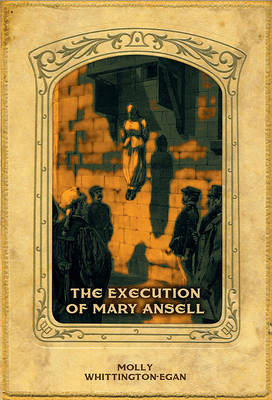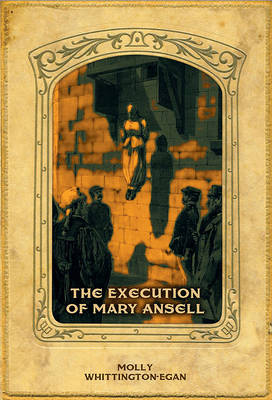
- Afhalen na 1 uur in een winkel met voorraad
- Gratis thuislevering in België vanaf € 30
- Ruim aanbod met 7 miljoen producten
- Afhalen na 1 uur in een winkel met voorraad
- Gratis thuislevering in België vanaf € 30
- Ruim aanbod met 7 miljoen producten
Omschrijving
MARY ANN ANSELL lived and slept in the kitchen of a boarding house in Great Coram Street, Bloomsbury, where she was the sole domestic servant. It was there, in 1899, late in the evening when all was quiet, that she made a cake. First she baked it in the range, and then she spread inside it a layer of cream, which was a curious yellow colour, because it was infused with a special ingredient - phosphorus rat poison. She wrapped it in ordinary brown paper and posted it off anonymously to her sister, poor Caroline, an inmate at Leavesden Asylum. Caroline ate some of the treat at tea-time, and generously shared the rest with her friends on the epilepsy ward. Soon she died in agony and the others were lucky to recover. The donor had not taken them into account. There was strong handwriting evidence and an astute Hertfordshire police detective tracked Mary Ann down and arrested her at her place of work in Bloomsbury. "I am as innocent a girl as ever was born," she protested. Charged with murder, she was tried at Hertfordshire Assizes, where she was convicted and sentenced to be hanged. She was twenty-one years old. Suddenly the case became a national cause célèbre. The Daily Mail mounted a campaign to save her, with reporters going out into the slums of north east Bloomsbury, where the large Ansell family lived in dire poverty, and compiling a dossier on familial mental defect. The author has taken a compassionate view and fully explored the sociological background, as well as the covert reasons for the refusal of mercy. 'Diminished Responsibility' would have rescued Mary Ann Ansell half a century later. She should have been sent to Broadmoor. Some people who begin this study with a firm belief in the rightness of capital punishment for domestic murder may not be so sure by the end.
Specificaties
Betrokkenen
- Auteur(s):
- Uitgeverij:
Inhoud
- Aantal bladzijden:
- 206
- Taal:
- Engels
Eigenschappen
- Productcode (EAN):
- 9781911273578
- Verschijningsdatum:
- 1/04/2019
- Uitvoering:
- Paperback
- Formaat:
- Trade paperback (VS)
- Afmetingen:
- 152 mm x 229 mm
- Gewicht:
- 281 g

Alleen bij Standaard Boekhandel
Beoordelingen
We publiceren alleen reviews die voldoen aan de voorwaarden voor reviews. Bekijk onze voorwaarden voor reviews.











